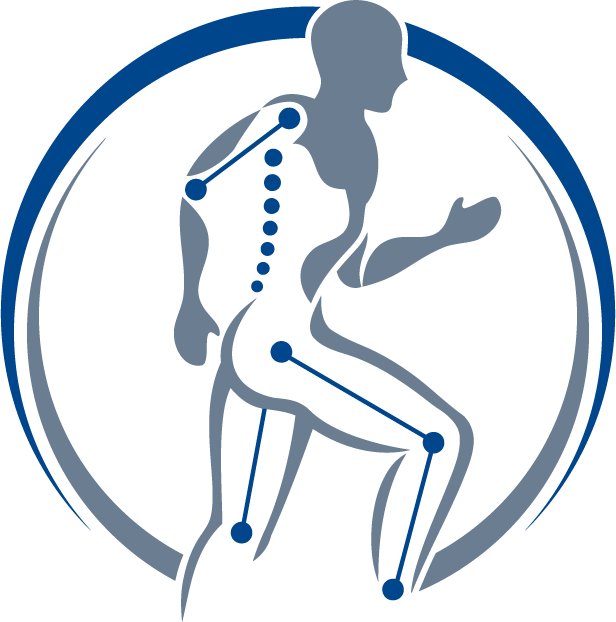Pure Barre: How to Correct Forward Head Posture during Function and Fitness
Neck posture can be tricky to change Years of desk work and cell phone use leaves many of us with a forward head posture. When we allow our head to move into a forward position, over time the tissues in the back of the neck become short and stiff and the tissues in the front of the neck become long and weak. This imbalance can be challenging to correct. It requires a careful mix of stretching, strengthening, and coordination training in addition to unlearning the posture habits that caused it in the first place!
Often individuals will try to pull their chin back over their shoulders to ‘fix’ the forward head. But completing this motion creates an unwanted shearing stress on the neck structures and does not adequately address stiffness of the muscles in the back of the neck. What results is headaches and nerve pain without long term posture change. Unfortunately this advice is commonly given with respect to posture and it only addresses half of the equation.
Forward head posture shortens the muscles in the back of the neck
Sliding the chin back incorrectly shears the neck
In order to correct the forward head position we need to work on gently strengthening the muscles deep within the neck (closes to the spine) under the windpipe and esophagus. You cannot see these muscles but you can feel when they work, like a lump in your throat. When we gently use these deep front muscles, we also gently lengthen the stiff structures in the back of the neck near the base of the skull. It is this combination of stretching and strengthening together that gives us the space to bring the head back over the shoulders.
Below you will see an image of cervical posture correction, where the nose tilts down (as if nodding “yes”) and the base of the skull lifts up. This creates a rotational motion around the ears. Completing any neck posture correction can pull at the skull (since that’s where the muscles attach) and can cause headaches if done too quickly, with too much force or held too long. Changes in some posture (like your feet) can adapt quickly with little problems. For some, changes in neck posture should be slow and steady to avoid other irritation.
Corrected cervical alignment, creating long spine
We cannot discuss neck posture without also mentioning shoulder alignment. If your upper back and shoulders are rounded forward, it will be challenging to make changes. Try this: round your shoulders and back, and notice what happens to your head. It moves forward of your body. Now sit up tall. Notice how your head naturally sits more aligned over your shoulders. We see this demonstrated in exercises below.
Below you can see a few different postures of abdominal exercises where the body is leaned back, the hips are tucked, abdominals drawn in and the arms are forward. If the shoulder blades round too far forward it will draw the neck into a forward head position. With the shoulders in neutral (or pulled back) you will find that it’s easier to tilt your nose down and draw the back of your head up and lengthen out your spine. Strengthening in this position can be quite beneficial when done well!
V Sit with forward neck posture
V Sit with long neck posture
This posture with your arms resting forward is very similar to desk posture. The ability to correct posture in these positions can directly translate to how you sit at a desk. See below. In one photo Jesse has a long spine and her shoulders are in a neutral position as she reaches toward the keyboard. In the next photo Jesse allows her chin and nose to travel forward along with her shoulders creating the forward head position that will ultimately shorten muscles in the back of her neck and make achieving that long spine position more difficult. When you think about how many hours a day you spend using a computer or reading a book, it really adds up!
Desk posture with forward head
Corrected desk posture
First start with gentle correction when you are sitting with your arms supported, then try the correction at your desk, and finally add your posture correction into your fitness routine. You will find that with practice it becomes easier. Also - remember that there are a variety of people with different structures - there is not one correct posture for every person. As always, check in with your Pure Barre instructor for further guidance or let us know if we can help you with posture in the clinic!
To your movement health,
Ann & Jesse
This blog is not intended as medical or professional advice. The information provided is for educational purposes only and is not intended to serve as medical or physical therapy advice to any individual. Any exercise has potential to cause injury or pain if it is incorrectly done or is not the right exercise for an individual’s medical or physical problems. You should consult with a physical therapist or medical provider for individualized advice.








